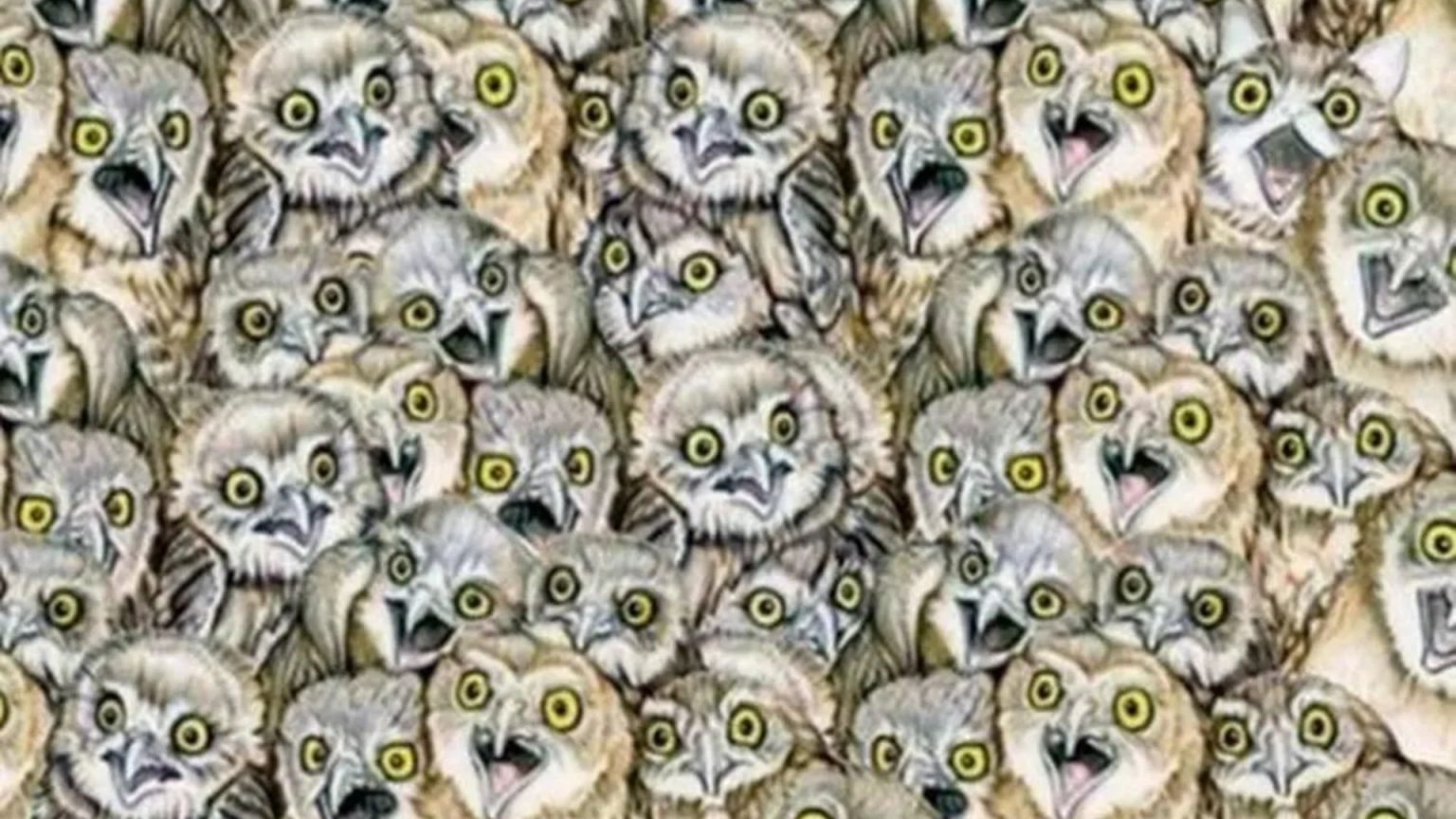This article presents an optical illusion challenge, tasking readers with finding a hidden cat within a picture of owls. The challenge is framed as a test of intelligence and visual acuity, suggesting only those with high IQ and 20/20 vision can solve it within seven seconds. The article emphasizes the difficulty of the puzzle, highlighting that the average person gives up after a minute. It encourages readers to attempt the challenge and test their puzzle-solving skills against the clock.
Beyond the immediate challenge, the article explores the benefits of engaging with optical illusions and brainteasers. These activities are presented as valuable cognitive exercises, stimulating various brain regions and enhancing cognitive functions. The article explains that solving such puzzles improves problem-solving skills, memory, creativity, focus, and even offers stress relief. It delves into the science behind optical illusions, explaining how our brains interpret visual information and create shortcuts to process the world quickly. The brain’s tendency to prioritize speed and potential threats over accuracy leads to distortions in perception, making straight lines appear warped or same-sized objects appear different based on surrounding colors and patterns.
The article argues that optical illusions, purposefully designed to trick our vision, can serve as simple indicators of intelligence. It encourages readers to explore other optical illusions and brainteasers offered by The Sun to further challenge their minds. Several other puzzles are briefly mentioned, including finding a needle in reeds, spotting a cat in a tree, locating a broom among clothes, deciphering a hidden message in album art, and finding a lost feather. These additional challenges are presented as further opportunities for readers to test their cognitive abilities.
Returning to the initial cat-among-owls puzzle, the article builds anticipation by delaying the reveal of the solution. It congratulates those who solved the puzzle within a minute and lauds those who cracked it in under seven seconds as geniuses with perfect vision. Finally, the solution is presented, allowing readers to compare their findings and assess their performance. The inclusion of the answer allows readers to satisfy their curiosity and potentially learn from the experience, understanding how the illusion worked and how they might approach similar puzzles in the future.
The article reinforces the connection between puzzle-solving and cognitive benefits, reiterating the value of engaging with such challenges. By presenting a specific puzzle alongside a broader discussion of optical illusions and brain training, the article aims to entertain and educate readers. It encourages active participation, inviting readers to test their skills, learn about their perception, and appreciate the complexities of visual processing. The inclusion of multiple puzzles encourages continued engagement and further exploration of the stimulating world of optical illusions.
The structure of the article strategically uses the initial puzzle as a hook to draw readers in. The subsequent discussion of cognitive benefits provides a context for appreciating the value of puzzles. The introduction of additional puzzles serves to maintain engagement and offer further challenges. Finally, the delayed reveal of the solution creates a sense of anticipation and allows readers to assess their performance. This cyclical approach, starting and ending with a puzzle, effectively frames the discussion of cognitive benefits and encourages continued exploration of optical illusions. The article’s emphasis on the connection between puzzle-solving and intelligence further incentivizes readers to engage with these challenges, positioning them as not just entertainment but also as opportunities for self-improvement.











